The bedroom is more than just a space for sleeping; it’s a haven for imagination, creativity, and play. As parents, crafting an environment that fosters joy and comfort for your child is a rewarding and exciting endeavor. In this comprehensive guide, we’ll delve into the art of designing a fun and functional bedroom that not only meets your child’s needs but also ignites their sense of wonder.
Understanding Your Child’s Personality and Interests
Before embarking on the journey of transforming your child’s bedroom, take the time to understand their personality and interests. Every child is unique, and tailoring the room to their preferences is key to creating a space they will love.
- Have a Conversation: Begin by having a conversation with your child about their favorite colors, characters, hobbies, and interests. Ask open-ended questions to encourage them to express their thoughts and desires for their dream bedroom.
- Consider Age and Developmental Stage: Take into account your child’s age and developmental stage. A toddler’s needs will differ significantly from those of a pre-teen. Consider elements that can adapt as your child grows, ensuring a room that remains relevant and appealing over the years.
Designing a Fun and Functional Layout
Once you have a grasp of your child’s preferences, it’s time to start planning the layout of the bedroom. A well-thought-out layout not only maximizes space but also promotes functionality and accessibility.
Zones for Different Activities
Divide the room into zones dedicated to various activities such as sleeping, playing, and studying. Clearly defined areas help create a sense of order and make it easier for your child to navigate their space.
Furniture Placement
Optimize furniture placement for both functionality and safety. Consider the location of the bed, desk, and play area. Leave enough open space for your child to move around freely, fostering a sense of openness and freedom.
Invest in Multifunctional Furniture
-
Product on sale
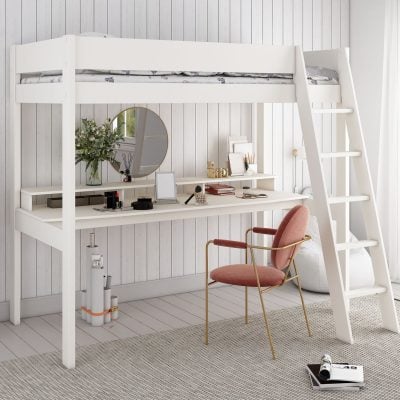 Kids Avenue Estella White Gaming High Sleeper Bed 1 with DeskOriginal price was: £575.00.£399.00Current price is: £399.00.
Kids Avenue Estella White Gaming High Sleeper Bed 1 with DeskOriginal price was: £575.00.£399.00Current price is: £399.00. -
Product on sale
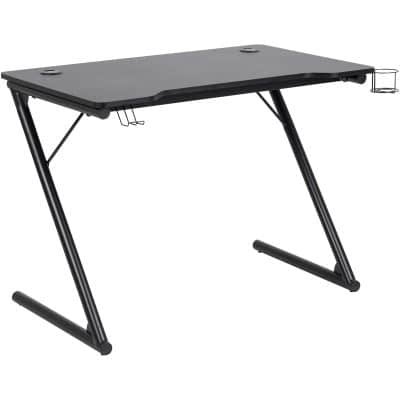 Furniture To Go Trooper Black Gaming DeskOriginal price was: £119.99.£104.99Current price is: £104.99.
Furniture To Go Trooper Black Gaming DeskOriginal price was: £119.99.£104.99Current price is: £104.99. -
Product on sale
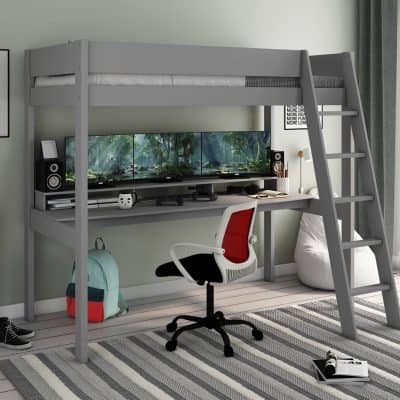 Kids Avenue Estella Grey Gaming High Sleeper Bed 1 with DeskOriginal price was: £575.00.£399.00Current price is: £399.00.
Kids Avenue Estella Grey Gaming High Sleeper Bed 1 with DeskOriginal price was: £575.00.£399.00Current price is: £399.00. -
Product on sale
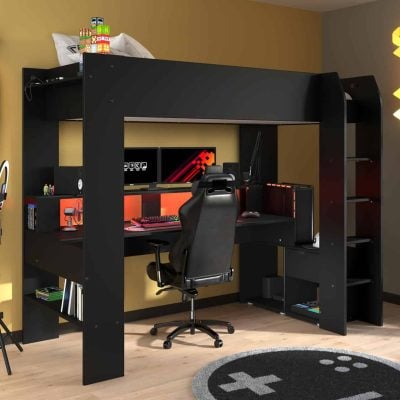 Parisot Online Gaming High Sleeper BedOriginal price was: £915.00.£639.00Current price is: £639.00.
Parisot Online Gaming High Sleeper BedOriginal price was: £915.00.£639.00Current price is: £639.00.
Maximize space with multifunctional furniture, such as beds with built-in storage or desks that can double as play tables. This not only saves space but also adds an element of surprise to the room.
Incorporating Educational Elements
A well-designed bedroom can also serve as an extension of your child’s learning environment. Integrate educational elements seamlessly to promote curiosity and cognitive development.
- Learning Wall: Designate a section of the room as a learning wall. Utilize corkboards, whiteboards, or pegboards to display educational materials, calendars, and achievements. This area can evolve as your child progresses through different stages of learning.
- Interactive Learning Tools: Incorporate interactive learning tools such as alphabet or number decals, world maps, or educational posters. Make learning fun by turning it into a game, and choose age-appropriate materials that align with your child’s educational goals.
- Homework Station: Create a dedicated homework station with a comfortable chair, a well-lit desk, and ample storage for school supplies. Fostering a positive study environment within the bedroom instills a sense of responsibility and promotes good study habits.
A Playhouse themed bed.
Transforming your child’s bedroom into a whimsical wonderland is incomplete without considering the centerpiece of their dreams – a playhouse themed bed. This enchanting addition not only serves as a cozy sleeping space but also sparks the flames of imagination and adventure.
Incorporating a playhouse themed bed into your child’s bedroom not only elevates the aesthetic appeal but also transforms their sleeping space into a magical realm of endless possibilities. This focal point encourages creative play, cultivates a sense of wonder, and makes bedtime an adventure to look forward to.
-
Product on sale
 Kids Avenue Ordi Midi Playhouse Bed with Desk and CubeOriginal price was: £849.00.£595.00Current price is: £595.00.
Kids Avenue Ordi Midi Playhouse Bed with Desk and CubeOriginal price was: £849.00.£595.00Current price is: £595.00. -
Product on sale
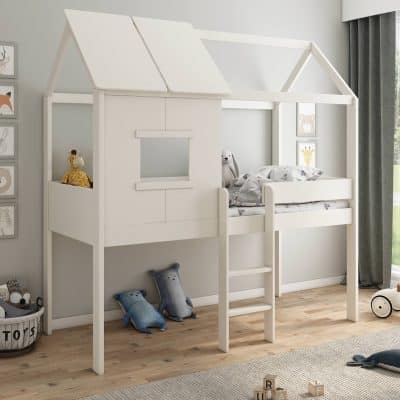 Kids Avenue Ordi Midi Playhouse BedOriginal price was: £535.00.£375.00Current price is: £375.00.
Kids Avenue Ordi Midi Playhouse BedOriginal price was: £535.00.£375.00Current price is: £375.00. -
Product on sale
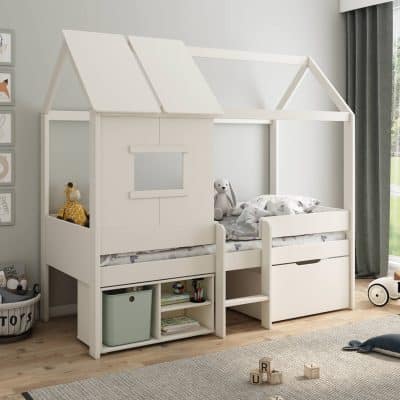 Kids Avenue Ordi Mini Playhouse Bed with StorageOriginal price was: £699.00.£489.00Current price is: £489.00.
Kids Avenue Ordi Mini Playhouse Bed with StorageOriginal price was: £699.00.£489.00Current price is: £489.00. -
Product on sale
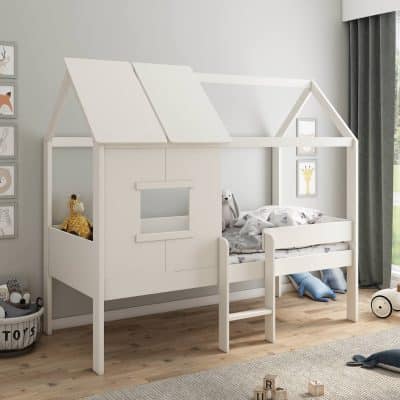 Kids Avenue Ordi Mini Playhouse BedOriginal price was: £499.00.£349.00Current price is: £349.00.
Kids Avenue Ordi Mini Playhouse BedOriginal price was: £499.00.£349.00Current price is: £349.00.

